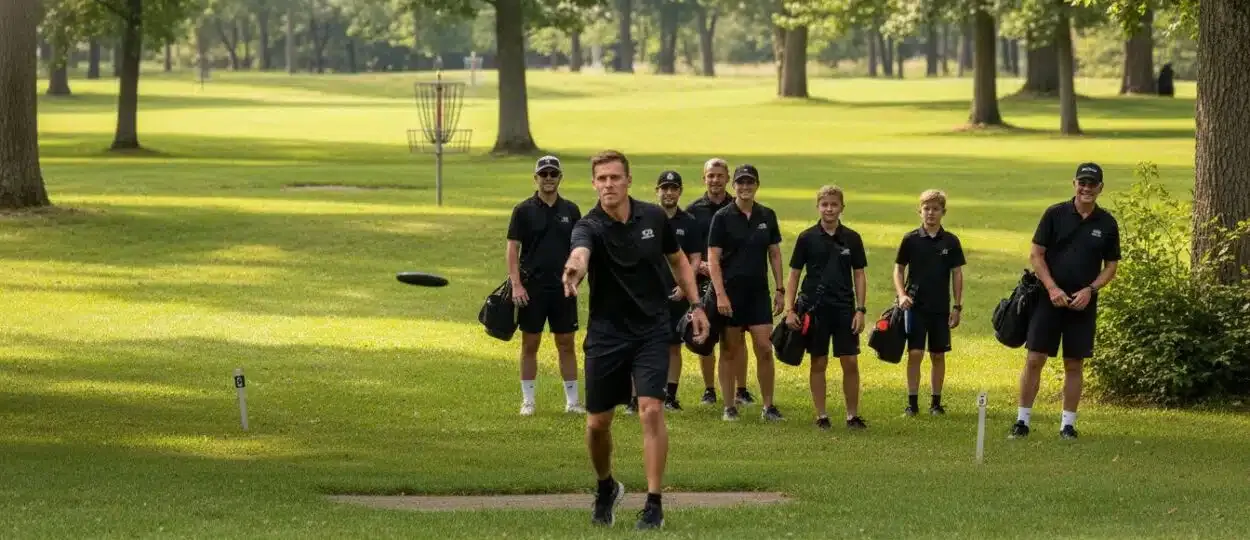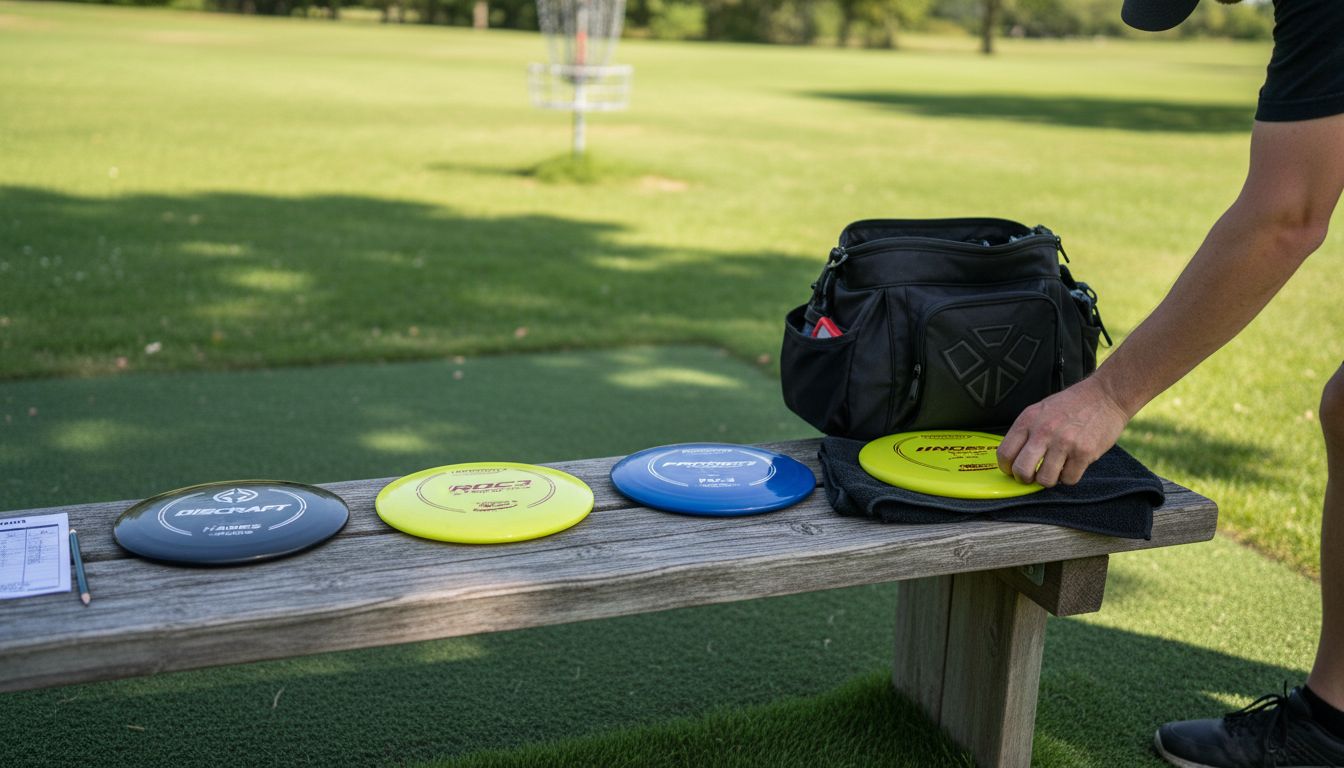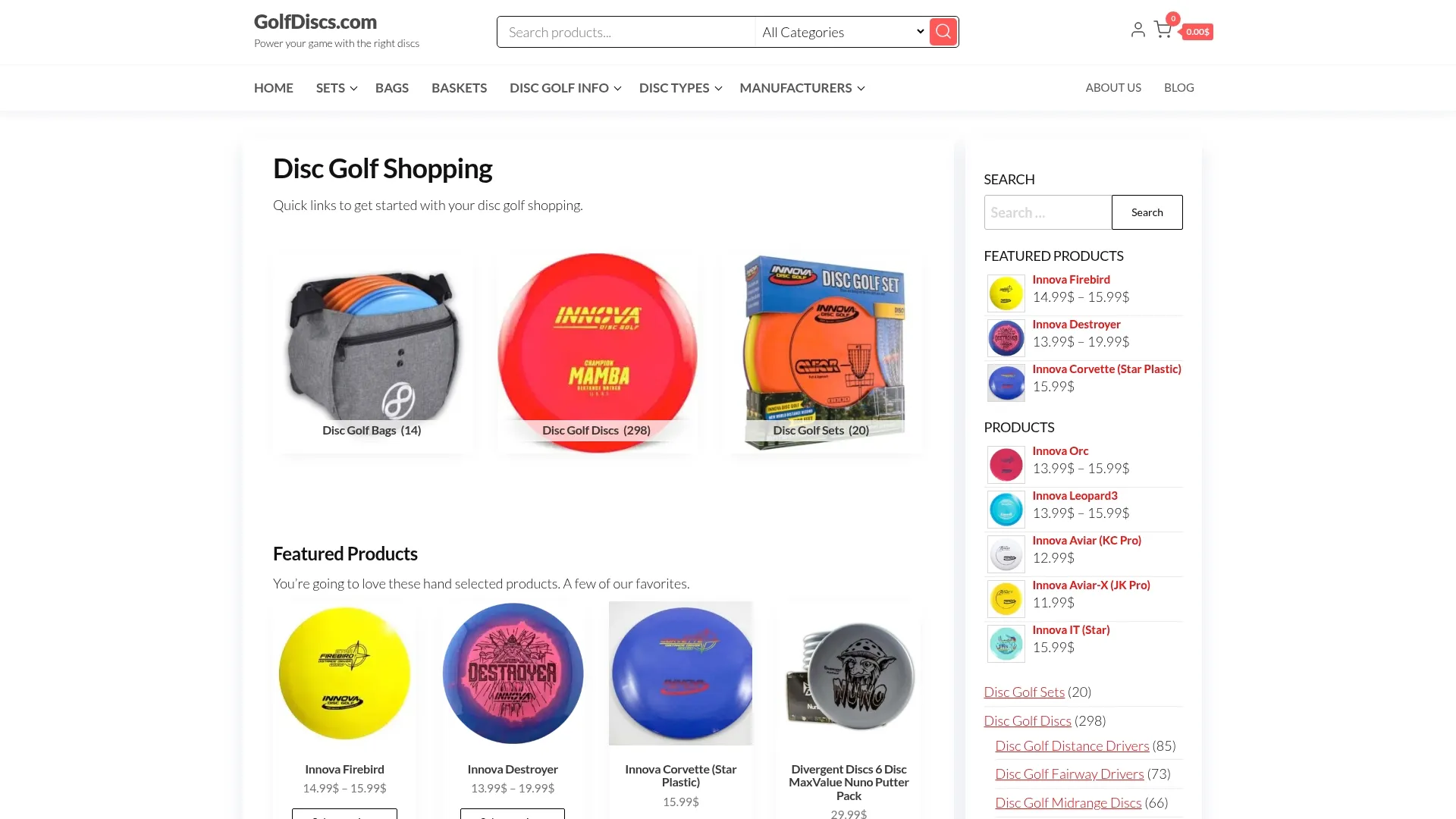
Frisbee Golf Explained: Ultimate Outdoor Sport Guide
Did you know over four million people played frisbee golf last year in the United States alone? This fast-growing sport blends the focus of golf with the thrill of disc throwing, bringing players of all ages outside. Whether you want friendly competition or a serious challenge, learning how frisbee golf works gives you a fresh way to stay active and enjoy the outdoors.
Table of Contents
- What Is Frisbee Golf? Core Principles Explained
- Disc Types And Course Varieties In Frisbee Golf
- Gameplay Rules And How Scoring Works
- Essential Equipment For Frisbee Golf Players
- Common Mistakes And How To Avoid Them
Key Takeaways
| Point | Details |
|---|---|
| Origins and Objective | Frisbee golf combines golf’s precision with disc throwing skills, aiming to complete a course with the fewest throws. |
| Disc Types | Players use three types of discs (Drivers, Mid-range, Putters), each tailored for specific distances and shot types. |
| Scoring System | The game follows a stroke system where fewer throws indicate better performance, with par scores set for each hole. |
| Common Mistakes | Key pitfalls include incorrect disc selection and poor strategic planning; awareness improves gameplay success. |
What Is Frisbee Golf? Core Principles Explained
Disc golf, popularly known as frisbee golf, is an exciting outdoor sport that combines the precision of traditional golf with the dynamic throwing skills of disc sports. According to our guide on disc golf vs frisbee, this unique game challenges players to navigate a course by throwing specialized flying discs into metal basket targets with minimal throws.
The core objective mirrors traditional golf: complete the course using the fewest possible throws. As research from the Ed Disc Sports organization indicates, players start at a designated tee area and progressively throw their disc toward a target, advancing from where each throw lands until reaching the basket. Typical courses feature 9 or 18 holes, though alternative formats exist.
- Basic Equipment: Players use different types of discs (similar to golf clubs) designed for specific throwing techniques
- Scoring: Similar to golf, each throw counts as a stroke, with the lowest total score winning
- Terrain Variety: Courses can include open fields, wooded areas, and challenging landscape features
While sharing strategic similarities with traditional golf, frisbee golf offers a more accessible and casual sporting experience. Learn more about scoring in our comprehensive guide to understand how players track their performance across different course challenges.
Disc Types And Course Varieties In Frisbee Golf
Frisbee golf requires specialized disc types designed for different throwing techniques and course challenges. According to research from Lakes Sundance, these discs differ significantly from traditional frisbees, being smaller, heavier, and featuring sharper edges that enable greater control and distance during gameplay. Explore our comprehensive disc golf terminology guide to understand the nuanced language of disc selection.
Players typically use three primary disc categories, each serving a unique purpose on the course:
Here’s a comparison of the three main disc types used in frisbee golf:
| Disc Type | Primary Use | Distance Range | Flight Characteristics |
|---|---|---|---|
| Driver | Long-distance throws | 250-400+ feet | Fast, less control |
| Mid-range | Moderate approach shots | 150-250 feet | Balanced, moderate stability |
| Putter | Short, accurate shots | Up to 150 feet | Slow, high accuracy |
- Drivers: Designed for long-distance throws with maximum speed and power
- Mid-range Discs: Offering balanced flight characteristics for moderate distances
- Putters: Specialized for short, precise shots near the target basket
Course varieties present fascinating challenges for disc golf enthusiasts. As research from Perkins Organization indicates, courses incorporate diverse terrains ranging from open fields to densely wooded areas. Natural obstacles like trees and elevation changes add complexity, requiring players to adapt their throwing techniques and disc selections strategically.
The beauty of frisbee golf lies in its adaptability.
 Whether you’re navigating a compact urban course or exploring a sprawling woodland layout, understanding disc golf rules will help you master this dynamic and engaging outdoor sport.
Whether you’re navigating a compact urban course or exploring a sprawling woodland layout, understanding disc golf rules will help you master this dynamic and engaging outdoor sport.
Gameplay Rules And How Scoring Works
Frisbee golf follows a straightforward scoring system that rewards precision and skill. According to research from Official Game Rules, players aim to land their discs in designated basket targets while navigating challenging course obstacles like trees, water hazards, and elevation changes. Learn more about specific disc golf rules in our comprehensive guide, which breaks down the essential gameplay mechanics.
The core scoring principle is simple: fewer throws equal better performance. Each throw is counted as a stroke, similar to traditional golf. Players start at a designated tee area and progressively advance by throwing their disc toward the target basket, with each subsequent throw originating from where the previous disc landed.
Key scoring elements include:
- Par Scoring: Each hole has a predetermined number of expected throws
- Total Course Score: Cumulative throws across all holes determine the final ranking
- Penalty Strokes: Additional throws added for rule violations or challenging obstacles
Competitive disc golf tournaments typically follow standardized scoring methods, where players compete to complete the entire course with the lowest total number of throws.
Whether you’re a casual player or aspiring competitor, understanding disc golf etiquette can help you navigate both casual rounds and competitive play with confidence.
Essential Equipment For Frisbee Golf Players
Frisbee golf requires specialized equipment that differs significantly from traditional recreational frisbees. According to research from Lakes Sundance, these discs are uniquely designed with specific size, weight, and aerodynamic characteristics to enhance control and distance. Check out our guide on what you need to play to ensure you’re fully prepared for your disc golf adventure.
Players typically need three primary types of discs, each serving a distinct purpose on the course:
- Drivers: Designed for maximum distance and speed
- Mid-range Discs: Offering balanced flight and precision
- Putters: Specialized for accurate short-distance throws near the basket
Beyond discs, essential equipment includes a sturdy disc golf bag to carry your equipment, comfortable athletic shoes for traversing varied terrain, and optional accessories like towels and disc retrievers. Explore our collection of frisbee golf discs to find the perfect set for your skill level and playing style. The key is investing in quality discs that match your throwing technique and course challenges.
Common Mistakes And How To Avoid Them
Frisbee golf presents unique challenges that can trip up both beginners and experienced players. According to research from PE Games, common mistakes often stem from improper throwing techniques, poor wind management, and ineffective course strategy. Learn more about avoiding common pitfalls in our mandatory rules guide, which provides crucial insights for players at all levels.
Key mistakes that players frequently encounter include:
- Incorrect Disc Selection: Using the wrong disc for specific shots
- Wind Ignorance: Failing to adjust throwing technique based on wind conditions
- Poor Course Management: Not planning shots strategically across different terrains
Mastering disc golf requires understanding these potential errors and developing adaptive strategies. Research from the Perkins Organization highlights the importance of practicing different disc types and becoming familiar with various course layouts. Check out our comprehensive guide on disc golf etiquette to refine your approach and minimize unnecessary mistakes. Remember, improvement comes from recognizing and learning from these common challenges.
Take Your Frisbee Golf Game to the Next Level with the Right Gear
Understanding frisbee golf’s unique disc types and scoring can make the difference between frustration and fun on the course. If you want to avoid common mistakes like incorrect disc selection or poor course management, having the right equipment is essential. Equip yourself with specialized discs designed for precise throwing and long-distance drives so that every throw counts.

Ready to master your skills with quality discs and gear? Explore our selection of top-rated products at GolfDiscs.com and learn practical tips on what you need to play. Discover how to improve your performance by understanding disc golf rules simply and take control of every round. Start shopping now and feel the confidence only the right equipment can bring to your frisbee golf experience.
Frequently Asked Questions
What are the basic rules of frisbee golf?
Frisbee golf follows a simple scoring system where players aim to land their discs in metal basket targets while navigating the course. Each throw is counted as a stroke, and the goal is to complete the course with the fewest throws possible.
What types of discs are used in frisbee golf?
There are three primary types of discs used in frisbee golf: drivers for long-distance throws, mid-range discs for balanced shots, and putters for short, accurate shots near the target basket. Each type is designed to serve a specific purpose depending on the distance and required precision.
How is scoring calculated in frisbee golf?
Scoring in frisbee golf is calculated based on the number of throws it takes to complete each hole. Each hole has a predetermined par score, and players aim to achieve the lowest total score by completing the course in the fewest number of throws.
What are some common mistakes in frisbee golf and how can they be avoided?
Common mistakes include incorrect disc selection, neglecting wind conditions, and poor course management. Players can avoid these pitfalls by practicing with different discs, adapting their throwing techniques to weather conditions, and planning their shots strategically across various terrains.
